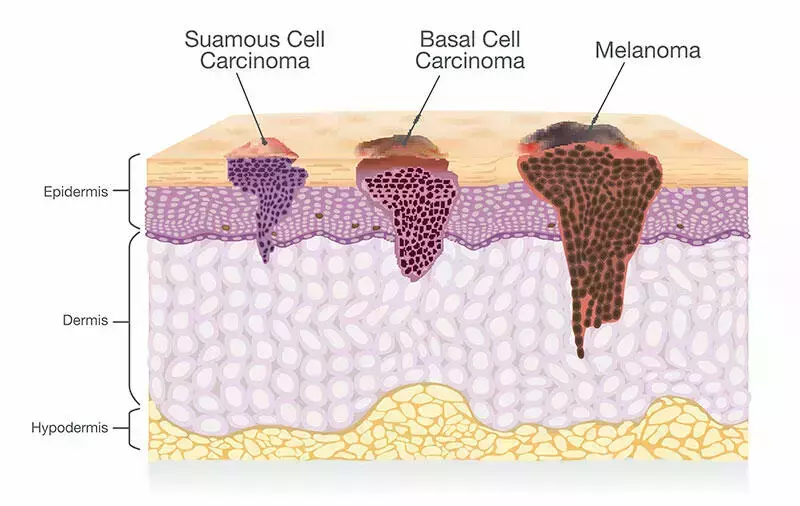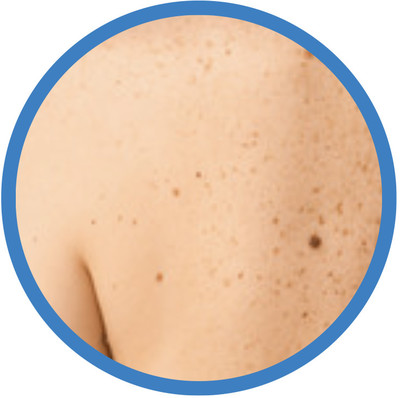How MolePatrol® Began
At MolePatrol®, we recognized that many people were not having their skin health checked by a medical specialist. With skin cancer on the rise and thousands of new melanoma cases occurring annually across Canada, we decided to offer specialized appointments—no doctor referral required—dedicated to these essential skin cancer screenings. Receive expert care from board certified, experienced dermatologists. Through personalized mole screenings and comprehensive skin cancer assessments, you'll feel heard, supported, and confident in your skin health journey, knowing you're receiving the expert care your skin deserves.
What is Skin Cancer?
Skin cancer is an abnormal growth of skin cells that most often develops in areas exposed to the sun. However, it can also appear on parts of the skin that receive little or no sunlight. There are three main types of skin cancer: basal cell carcinoma, squamous cell carcinoma, and melanoma.

Types of Skin Cancer

Basal Cell Carcinoma
Basal cell carcinomas are the most common skin cancer, making up about 80% of cases. They grow slowly over months or years and, if ignored, can turn into deep ulcers. The good news? They rarely spread to other parts of the body, but if left untreated, they can develop into deep (rodent) ulcers. They often show up on sun-exposed areas such as the face, neck, or upper chest, often as pale, pearly, or reddish lumps or scaly patches, sometimes with tiny blood vessels you can see on the surface.

Squamous Cell Carcinoma
Squamous cell carcinomas account for about 15% of skin cancers. These cancers typically develop over weeks to months and, if left untreated, can occasionally spread to other parts of the body. Squamous cell carcinomas love sun-exposed skin, presenting as red, scaly patches that bleed easily or look like stubborn sores that won’t heal. While they’re more common in people over 40, younger adults are not off the hook! The main culprit? Prolonged sun exposure and sunburns over many years.

Melanoma
Melanoma is the rarest but most dangerous skin cancer, making up about 5% of cases. It grows rapidly, can spread to other parts of the body if untreated, and can appear anywhere, not just sun-exposed spots. Watch for changes in an existing mole or the appearance of a new spot, with changes in size, shape, or colour occurring over weeks to months. Melanoma is most common between ages 30 and 50 in both sexes, but can also develop from adolescence and, rarely, in children from changing birthmarks.
Signs and Symptoms
As skin cancers are visible, they can be checked as soon as they develop. Early symptoms may seem quite minor but any suspicious spot should be checked immediately.

Changes in the Appearance
This could include changes in size, shape, colour, or texture. A mole might become irregularly shaped or develop uneven borders.

Itching, Bleeding, Tenderness
A skin spot or mole may become itchy, painful, or bleed without reason. These symptoms should not be ignored.

New Non-Healing Growth
A new spot, lump, or sore that doesn’t heal after a few weeks could be a sign of skin cancer, especially if it looks different from other moles or spots on your skin.
Book your Skin Cancer Screening with MolePatrol® Today!
MolePatrol® mole mapping and skin cancer screening is a voluntary procedure designed for early detection of skin cancers, not for diagnosing existing medical or skin conditions.
Please note that this service is not covered by OHIP.
